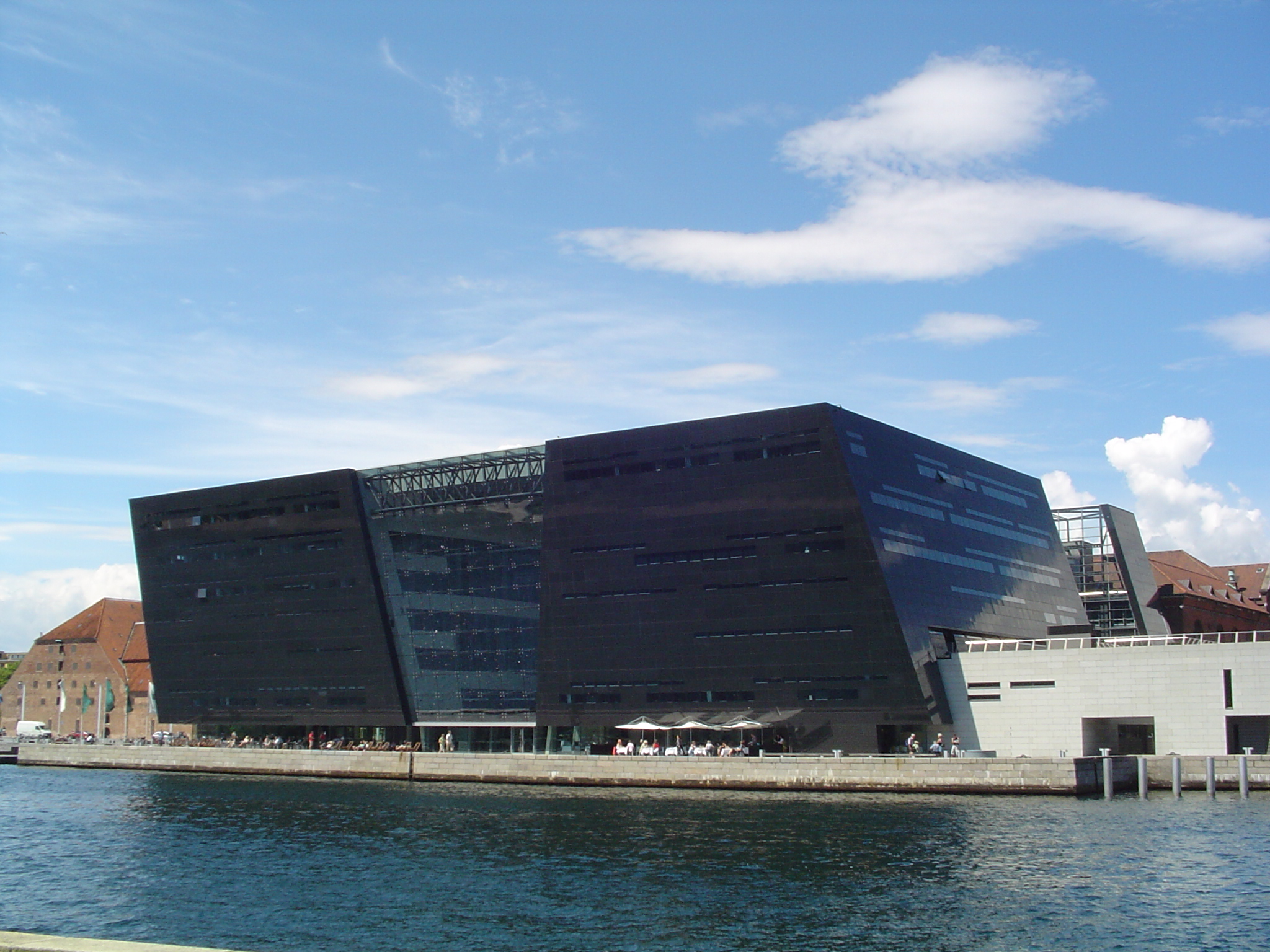Although the American Founding Fathers have gone down in history as champions of democracy, looking back with a critical eye reveals that these men were anything but Democratic. Perhaps they were Republican idealists, with a grand notion of equality - but equality for a select few. Considering the original Constitution, only white, male property owners were able to vote. Women were not, poor men were not. And then there was slavery. So although the great American experiment was revolutionary, in actuality, the status quo changed very little. A small group of men decided the fate of the nation based on their superior education, class, and influence.
And then we get to the Danish Designers. These (well-educated, privileged, white) men turned away from design traditions that valued the ornate and showy and instead concentrated on form, function, and material. On one hand, this design shift can be seen as an effort to create products not for an elite, select group of people, but for the everyday experience of the average person. But the sections on Arne Jacobsen and Henning Koppel in 'Danish Design,' edited by Møller and translated by Kay-Larse reveal interesting paradoxes in these "democratic" types of design. Repeatedly, Jacobsen's designs are described as being so "distinguished by a natural elegance" that his works are all easily recognizable as his own (58). Then again, his works were characterized as having a "conception of shape that immediately tells us who the man is" (63). Which begs the question, which man? The man who designed the chair, or the man who owns it? If design is to be democratic, can the designer be so prominent in his design? Or should he disappear into its seamless, functional design? As for Koppel, Møller acknowledges that although Koppel believed "that people should have the opportunity to surround themselves with marvelous things," by working with silver, his sentiment becomes paradoxical (91). Again, then, the designer is placing himself above the consumer, even while claiming to be designing for the people.
 SAS Hotel, Copenhagen, Denmark, designed by Arne Jabobsen - What kind of person was (and still is) able to stay in this hotel? http://style-files.com/images/sas500.jpg
SAS Hotel, Copenhagen, Denmark, designed by Arne Jabobsen - What kind of person was (and still is) able to stay in this hotel? http://style-files.com/images/sas500.jpg Silverware designed by Henning Koppel, now being auction off by Cristie's for thousands of dolars
Silverware designed by Henning Koppel, now being auction off by Cristie's for thousands of dolarshttp://www.christies.com/lotfinderimages/d52518/d5251870l.jpg
Just as the American Founding Fathers were an elite group of men that established a country for the masses even as they established a system that benefited their own social circle, so too do the Danish Designers design products that reflect democratic ideals while ultimately designing products that are most enjoyed by those who can afford their handcrafted furniture, silver, and porcelain. Nevertheless, American government, as exclusionary as it may have been, has been greatly expanded to include women, people of color, and people of all classes. Similarly, Danish Design has trickled down to the homes of average people. Both still have a long way to go to actually become democratic. But, at least in regard to Danish Design, we can see how great design does exist in the everyday Danish experience. Consider the Black Diamond. A marvelous example of architecture and design which is accessible to everyone. Or even Jacobsen's Chair 1954. He wanted to make the chair out of wood but it was too costly. So instead, she made it out of laminate, a decision that not only made it less expensive but also able to come in a wide variety of colors. Therefore, the chair became not only affordable but desirable to a wide array of people.
http://upload.wikimedia.org/wikipedia/commons/8/83/Den_Sorte_Diamant_1.jpg
Perhaps, a truly democratic design is impossible as long as there is a designer. The position of knowledge invariably places the designer in a position of power over the consumer. And, there is a human desire to put one's mark on the product he/she designs. Nevertheless, the aspiration is a good one. Products can be designed more efficiently, the consumer (regardless of class) should be considered, and function should continue to be of the utmost importance. The more design becomes accessible to everyone, the more people will demand good design. This demand should reduce the gap between what the designer wishes to spend and what the consumer believes is really necessary. Maybe democratic design is possible.
And just a side note: I appreciated designer Børge Morgensen's principle against using plastic as it was a material that did not decompose. An early sustainable designer, perhaps?



No comments:
Post a Comment